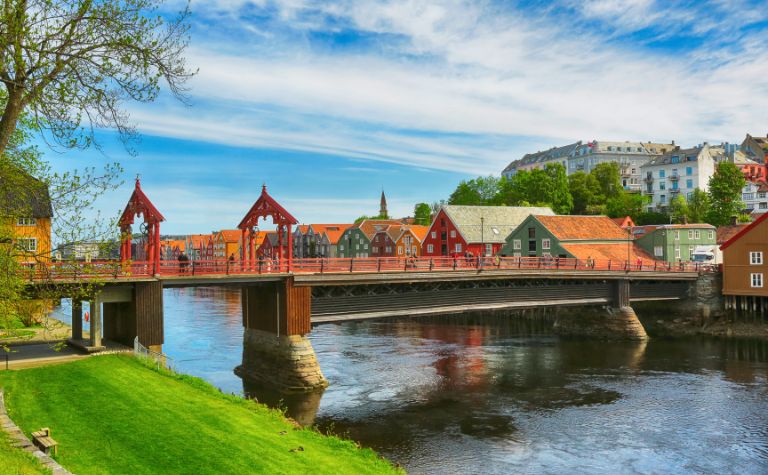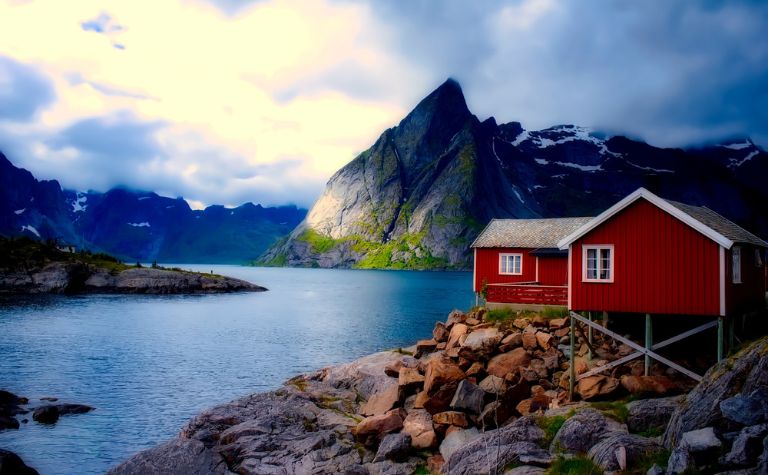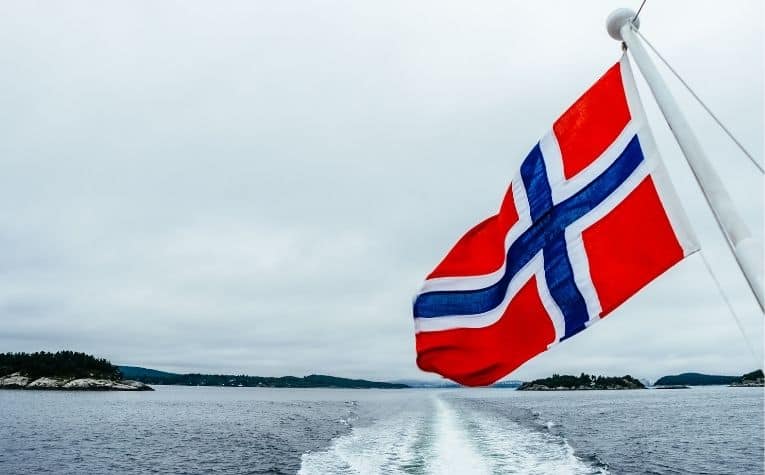Norway is known to be a very beautiful country, but also one with the highest cost of living. In fact, Oslo, Norway’s capital city, ranks 27th most expensive in the world when it comes to the cost of living. [1]
The cost of living in Norway is quite expensive because of its high wages, taxation rates, and large welfare states.
While these factors may benefit those living in Norway, the cost of everyday goods and services may feel somewhat exorbitant to visitors and tourists.
To give an idea of the higher costs and expenses that exist in Norway, prices of common goods will be compared to those in the US.
Secondly, the factors that make these costs high will be discussed and explained. Some tips for saving during a trip to Norway will also be listed.
Also, see What Is Norway Known For? to learn more.

Factors That Make Norway So Expensive
The following factors are key contributors to Norway’s high cost of living.
High Wages
Norway is known for its “living wages.” This means that no matter the employee’s position or worker in whichever sector, the minimum wage is enough to truly support themselves.
It is an issue in many other countries where minimum wages are not enough to support the cost of living.
The Scandinavian country is also an egalitarian society where all are considered equal, and there is relatively equal access to income and wealth. [5]
This also means that the wage gap among different jobs and positions is minimal.
High wages, especially for those involved in the labor and service industry, bump up the cost of goods and services.
High Taxation Rates
Taxation rates are exceptionally high in Norway. Value Added Tax (VAT) alone is around 25%. [6]
Say a person was to shop for groceries or a new pair of sneakers. The store would have to take into consideration the following when pricing their goods:
- VAT
- Corporate Income Tax
- Payroll tax
- Other expenses like utilities and rent
These factors would bump up the price of goods to what others, especially visitors, may consider unreasonably expensive.
Taxes on luxury goods and products like tobacco, alcohol, and gasoline are also very high compared to other common goods.
This encourages less spending on luxury goods, lowers alcohol consumption and smoking, and urges people to convert to more environmentally friendly electric cars.
Large Welfare States
This is mainly where Norway’s tax money is funneled- its large welfare states. This means the government gives priority to the well-being of its citizens.
Therefore, many public services are subsidized by the government.
This includes free state education, efficient public transportation, quality public healthcare, and much more.
Higher Expenses Benefit Locals
Norwegian residents need not worry about the high costs and prices in Norway, as they have a higher Norwegian paycheck to cover the cost of living.
Other than that, Norway’s high taxes are well-spent, and the people get their money’s worth with quality public services.
In fact, Norway is often listed as one of the happiest countries in the world.
However, though the high costs in Norway benefit its locals, they definitely feel quite expensive to visitors who are in the country to enjoy its natural beauty and not its public services.
Also, see How to Move to Norway to learn more.

The Cost of Common Goods – Norway vs. the US
The following will compare some of the most common items sold in the US and Norway.
Big Mac Index
One popular way for economists to gauge and compare a country’s consumer purchasing power is through the Big Mac Index. This index compares the price of a Big Mac in the US to other countries.
This can be a good indicator of individual purchasing power as the Big Mac is sold around the globe and follows a standard size, list of ingredients, and quality.
The following table compares the cost of the Big Mac in five different countries around the world. These are the global prices as of July 2022. [2]
| Country | Average Cost of Big Mac (USD) |
| Norway | $6.26 |
| Canada | $5.25 |
| USA | $5.15 |
| Australia | $4.63 |
| Japan | $2.83 |
This makes the Big Mac in Norway around 1.22 times more expensive than that sold in the United States.
Common Costs in Norway vs. the US
To further understand the difference in the cost of living between Norway and the US, the average prices for a few common goods and services will be compared. [3][4]
Note that the values for Norway have been converted from NOK to USD. Furthermore, these costs are current as of July 2022.
| Norway | USA | |
| Meal at an Inexpensive Restaurant | $20.28 | $15 |
| Water (1.5 L bottle) | $2.17 | $1.87 |
| Loaf of Fresh White Bread (500g) | $2.89 | $2.93 |
| One Dozen Eggs (regular) | $3.79 | $3.15 |
| Cigarettes | $14.27 | $8.59 |
| Domestic Beer (0.5 L bottle) | $3.28 | $2.96 |
| Gasoline (1 liter) | $2.11 | $1.27 |
| One-way Ticket (Local Transport) | $3.97 | $2.50 |
Also, see What Is There To Do In Norway? to learn more.

How to Save Money When Visiting Norway
Though Norway is expensive, travelers should not be put out of visiting the country. The natural beauty and experiences that Norway can offer are worth the expense.
Also, there are ways to help save money when visiting [7]:
- Book early flights: Research budget flights and airlines, even six months early.
- Book your trip off-season: This can help ensure cheaper rates for flights and lodging.
- Opt to camp instead of staying in a hotel: Norway offers many camping grounds that provide tents and cabins to campers.
- Don’t take the train: This can be a pricey option. Go for a bus ticket instead. If traveling with a group, renting a car can be a good option.
- Research free attractions: Many activities can be done for free in Norway, especially those activities set outdoors. These can include hiking, cycling, kayaking, skiing, and others.
- Self-cater: Buying ingredients at a grocery or market and cooking food instead of eating at restaurants can save a lot of money.
- Don’t stay in the city center: Booking lodging located just outside the city center can help lower expenses. Travelers should make sure they are close to public transport.
Conclusion
Norway can be expensive for visitors but not for Norwegian residents and locals. A well-researched trip can help visitors save on expenses.
Also, see How Much Does It Cost to Live In Norway? to learn more.
References:
[1] Source
[2] Source
[3] Source
[4] Source
[5] Source
[6] Source
[7] Source
